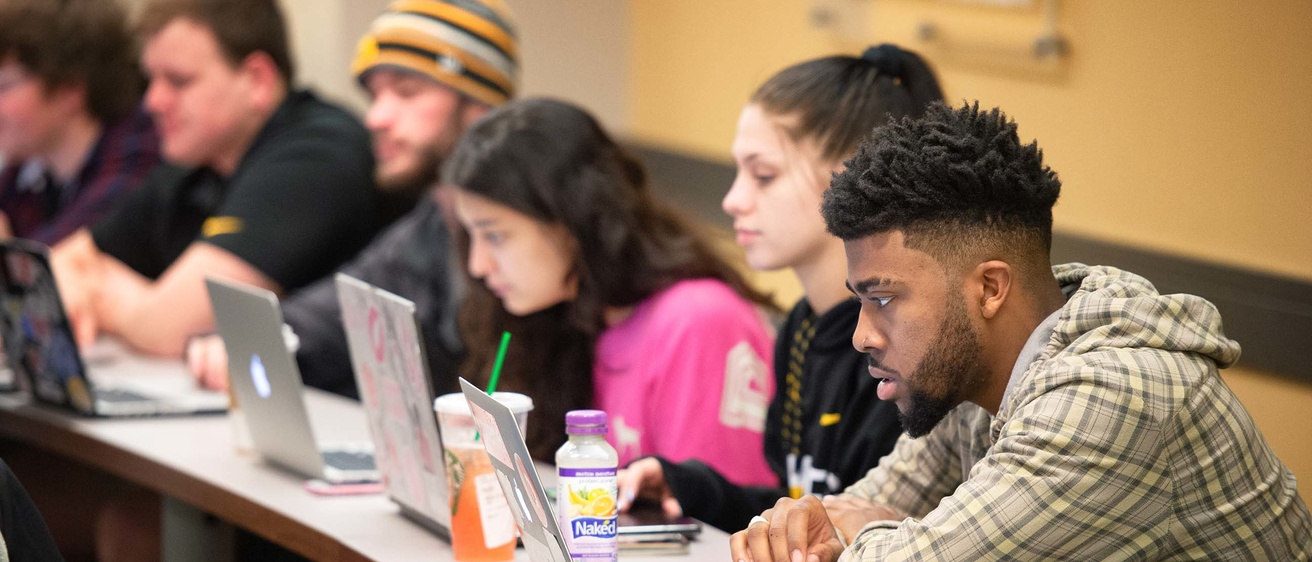Main navigation
What is TILE?
The term "TILE classroom" refers to a type of learning space designed to facilitate active and collaborative learning. TILE stands for "Transform, Interact, Learn, Engage," representing the key principles that underpin the design and use of these classrooms.
Why TILE?
The main goal of a TILE classroom is to promote active learning, collaboration, and engagement among students. By providing a flexible and technology-rich environment, these classrooms encourage student-centered instruction, where students take an active role in their learning and work together to solve problems, discuss ideas, and apply knowledge.
TILE classrooms are often found in higher education institutions, but the concept of flexible and collaborative learning spaces can be adapted to different educational settings, such as K-12 schools or corporate training environments. The specific design and features of TILE classrooms can vary depending on the institution and its pedagogical goals, but the core idea remains consistent: to create an environment that fosters interactive and collaborative learning experiences.
TILE classrooms
TILE classrooms are characterized by their flexible layout and technology integration, which support interactive and collaborative learning experiences. Here are some key features commonly found in TILE classrooms:
Flexible furniture
TILE classrooms often feature movable tables and chairs that can be rearranged easily to accommodate different group sizes and configurations. This flexibility enables students to work individually, in small groups, or in larger collaborative settings.
Technology integration
TILE classrooms are equipped with advanced technological tools to facilitate interactive learning. They typically include multiple displays or screens strategically placed throughout the space, allowing for seamless content sharing, collaboration, and multimedia presentations.
Collaborative workspace
These classrooms often include dedicated spaces or zones for group work, such as whiteboards or writeable surfaces on walls, mobile whiteboards, or tables with writeable surfaces. These features encourage collaboration, brainstorming, and visual representation of ideas.
Audiovisual capabilities
TILE classrooms are equipped with audio systems and microphones to ensure that everyone in the room can hear and participate effectively. Additionally, they may have cameras or video conferencing capabilities to support remote collaboration and virtual interactions.
Instructor mobility
TILE classrooms are designed to allow instructors to move around the space easily. This mobility enables instructors to engage with students, provide individual support, and facilitate discussions from different vantage points within the classroom.
Digital resources
TILE classrooms often provide access to digital resources and interactive learning tools. This can include online learning platforms, digital content libraries, or interactive software and applications that facilitate engagement and enhance the learning experience.
